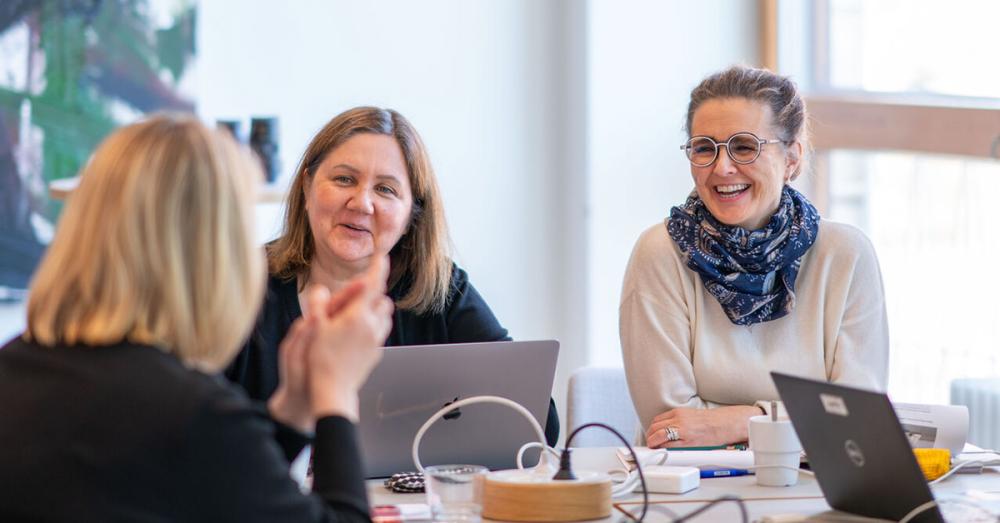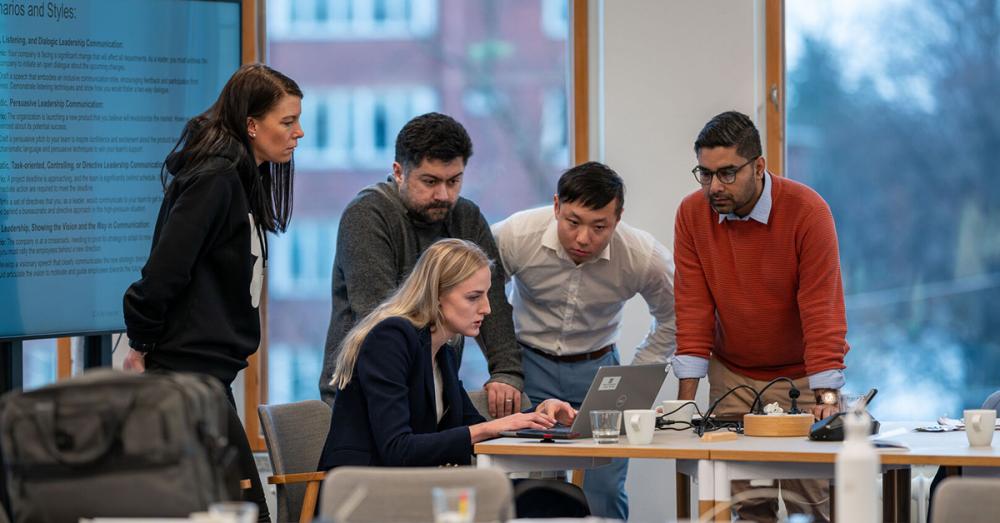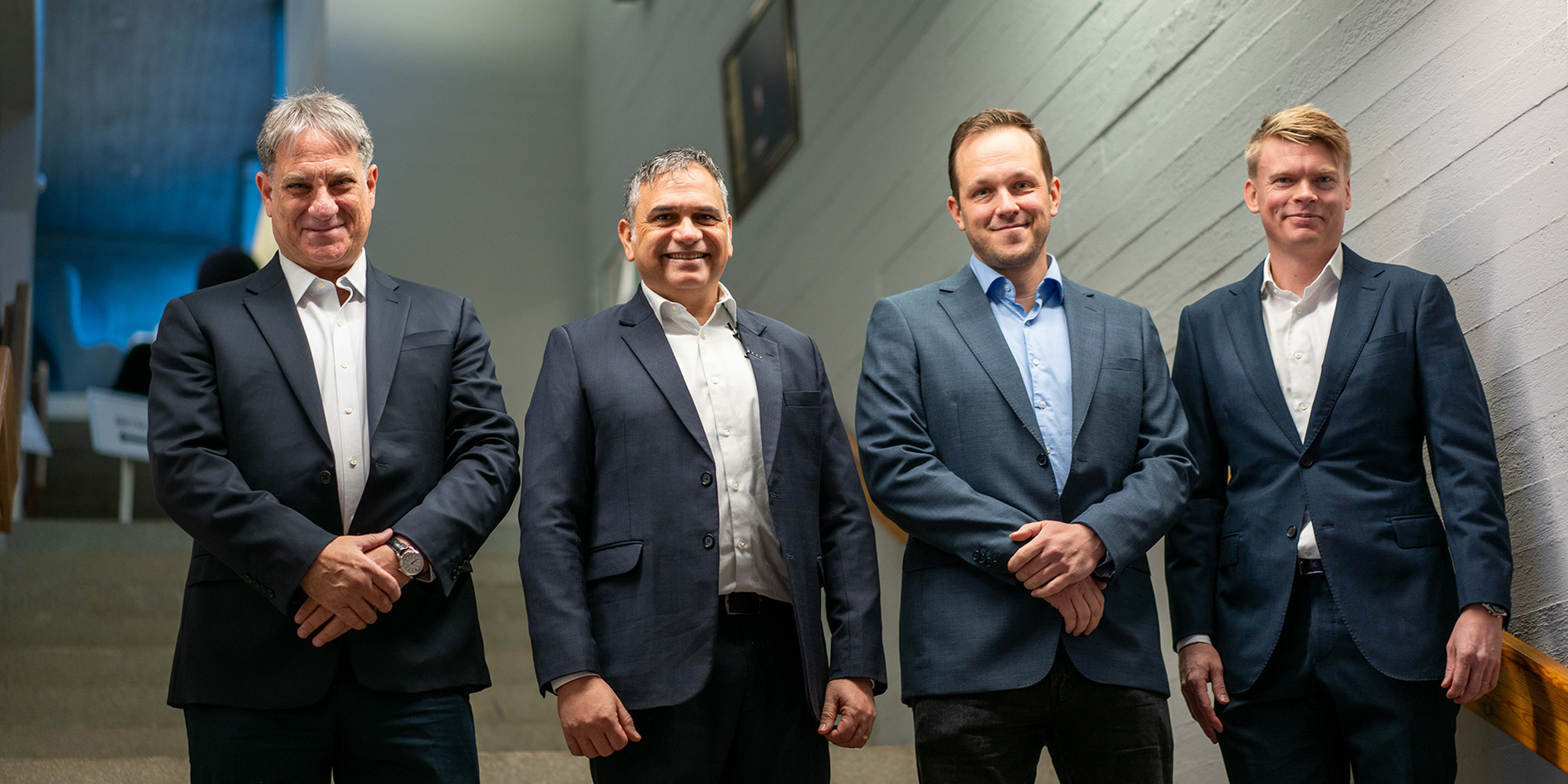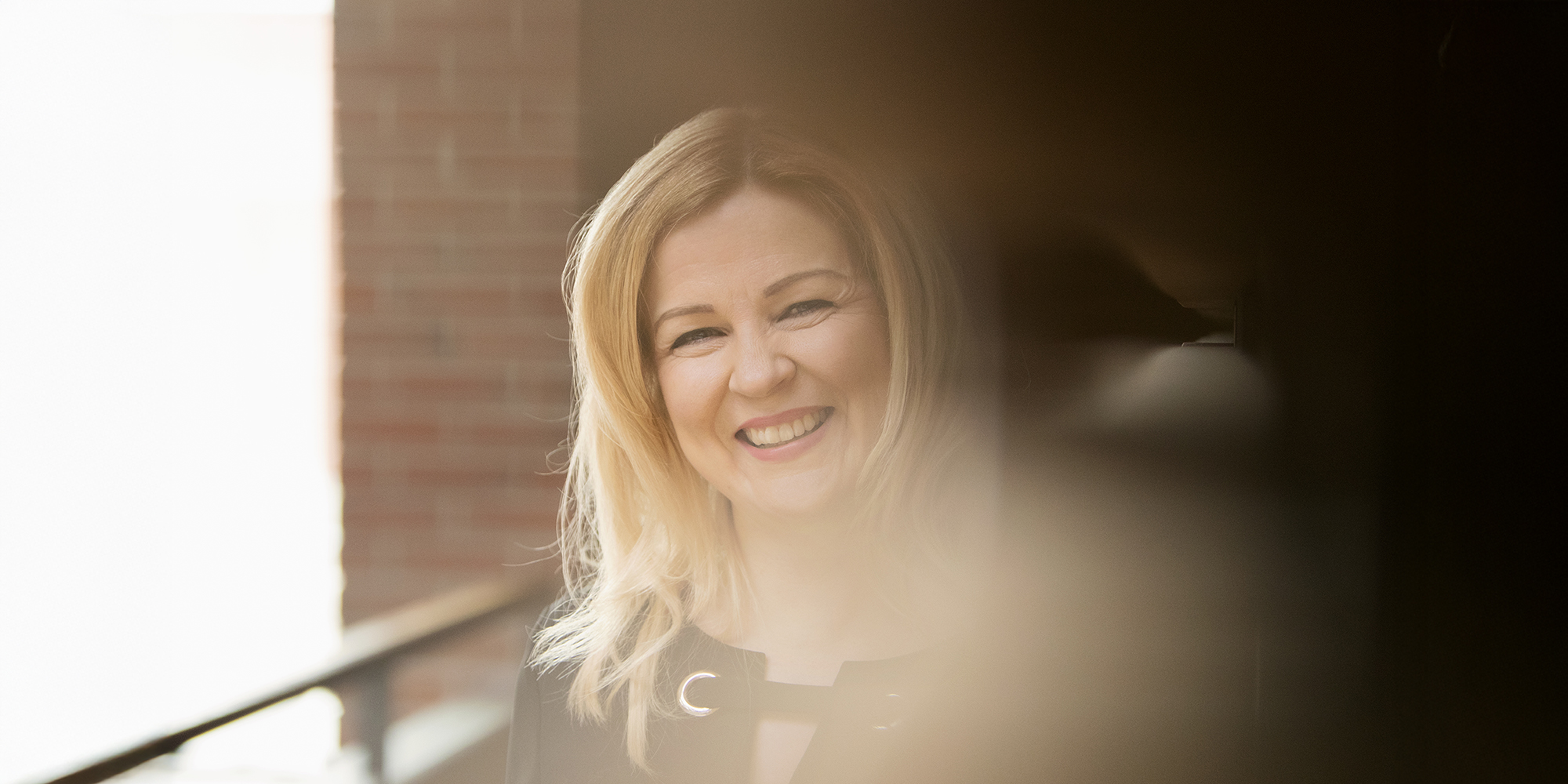The global transformation of the financial services industry affects the banking sector also in Finland. The main catalysts include changes in regulation, business models, and consumer behavior as well as digitalization and the ever-increasing use of competitive sourcing of services.
These changes also impact the Savings Bank Group, founded in 1822, which comprises 18 local and independent Savings Banks as well as the Savings Banks’ Union Coop, the Central Bank of Savings Banks, Sp Mortgage Bank, Sp Fund Management Company, Sb Life Insurance, Sp-Koti, and Savings Banks Services.
The Group's business strategy was renewed in 2018. The process also included sharpening the senior management's leadership image and investing in strategic skills, sales management, and understanding trends in the operating environment. To this end, the Group teamed up with Aalto EE in a nationwide leadership training program in early 2019.
The program aims at supporting leadership development according to these guidelines in a very practical manner."
"The Savings Bank Group has outlined what is expected of managers at different levels of the organization. The program aims at supporting leadership development according to these guidelines in a very practical manner,” says Pipsa Sivula, HR Director at Liedon Säästöpankki. She also chairs the Leadership and Management Working Group at the Savings Bank Academy and was involved in planning and designing the program.
A key objective has been to increase cooperation within the Group and to build an open network for sharing best practices. According to Tomi Närhinen, CEO at the Savings Bank Group, the program has resulted in improved dialogue between the different parts of the organization.
“Now we understand better how the various Savings Banks or centralized operating units operate and how they look at, for example, megatrends. We have also come up with ideas on how to improve cooperation,” Närhinen says.
Previously, leadership training at the Savings Bank Group has focused on product expertise and regulation and lacked consistency and long-term planning, says Närhinen.
Today's customers are more demanding
The most significant driver of change in the banking sector is, of course, the ubiquitous digitalization. It has brought along other development trends, too, changes in consumer behavior and the world of work being the most relevant.
“It's evident that our customers want to handle their simple banking needs via digital touch points, video calls, or centralized telephone services, but when they have a more complicated issue, they want to visit their local branch.”
Närhinen says that customers have become more demanding. Their savings and investment needs, for example, are more complex than they used to be.
“People are a lot more interested in saving systematically and building their wealth as well as in products related to these goals, in changing their asset allocation, and in choosing the right investment products. This has become mainstream thinking, which means that people now expect more of their banking services.”
Changes in the world of work, in turn, impact banks in two ways. In a world where temporary work and other atypical employment contracts as well as self-employment are becoming more common, traditional credit criteria and credit policies no longer work.
“They were built on the assumption that the customer has a regular cash flow from here to eternity,” Närhinen says.
Furthermore, new ways of working have become a norm at banks, too.
“We now have new ways to meet with our customers. For instance, I can grab my laptop and visit my customers at home – except that now that we're living amid the Covid-19 pandemic it's a no go, of course. And I'm not talking about some future visions either, I'm talking about what's already true to us.”
Other change drivers include, for example, demographic change and the growing emphasis on growth centers. Typically, the elderly are wealthier than the younger generations and want to safeguard their retirement income. This makes them a highly attractive customer segment for banks, says Närhinen.
“Then again, when the 90-year milestone approaches, many people lose the ability to independently attend to their banking needs and require immediate assistance. It's not an easy task for a bank to serve these kinds of customers well,” Närhinen says.
On the macroeconomic level, adapting to the slow economic growth and low interest rates brings along its own challenges.
“This means, of course, that businesses are less keen to invest and it's more difficult to earn money from interest rate products,” Närhinen adds.
Strategic metrics are in green
The Savings Bank Group's leadership training program consists of four two-day in-person workshops, each of which corresponds to one of the Group's strategic focus areas. Themes include transformation of the business environment and strategic leadership, digitalization and innovation management, customer relationship management and leading profitable growth, and leading change.
The program includes online modules and EMBA-compatible coursework that provides more in-depth knowledge on the topics discussed in the workshops. Additionally, Aalto EE has organized a common development seminar for all cohorts to facilitate the implementation of the Group's strategy. The credits may be applied towards the EMBA degree. In spring 2020, the program was transferred entirely to a virtual environment due to the pandemic.
So far, there have been two cohorts with a total number of xx participants. Feedback has been positive.
The program's main objective has been to support strategy implementation, and its progress has therefore been monitored using strategic metrics.
Management team members have become much more confident to lead their own organizations."
“From this perspective, I can honestly say that the program has predominately been a success. Based on an analysis of the operating environment, we had reason to be concerned about a fall in profits and increased competition, but we have managed to increase our profits well above market growth in the past three years and offer our customers excellent digital services. And when it comes to our corporate customers, we have succeeded in maintaining and improving customer satisfaction rates there, too,” Närhinen says.
The entire senior management team onboard
Tangible benefits have already started to show. The program's participants engage in the Aalto Strategy Game, which has raised issues that the individual banks' management teams have already applied to their activities. The participants have also become more aware of the importance of economic forecasting, and their self-awareness has strengthened, which has been deemed useful.
“Management team members have become much more confident to lead their own organizations towards our common strategic goals,” says Närhinen.
The program has given managers and supervisors the tools they need to take their company, bank, or department towards a more modern way of working."
Sivula points to a personnel survey which reveals that the organizational culture at the Savings Bank Group has become more participatory and open: managers have encouraged their teams and employees to take part in dialogue and develop their work together.
“People have clearly become more self-directed. The program has given managers and supervisors the tools they need to take their company, bank, or department towards a more modern way of working,” Sivula says.
Liedon Säästöpankki enrolled their entire management team in the program. Sivula thinks this was an excellent decision.
“It allowed us to continue the discussions in our own management team meetings and implement our learnings more easily to our work. I recommend this to all others as well, if the goal is to develop the management team's activities,” says Sivula.
Networking is important
Närhinen says the program is visionary, balanced, and of high quality. At least as important is the opportunity for the participants to discuss how to apply the learnings to the Saving Bank Group's own needs and context.
“We now speak the same language,” he says.
Sivula agrees.
“Networking is important. Now that I know my colleagues at the other banks personally, it's easier to contact them. I no longer feel alone with my problems when I can discuss them with a colleague.”
Sivula also applauds the group projects included in the program, which had a positive impact on learning.
“For me, one very memorable moment was when Pekka Mattila [Group Managing Director, Aalto University Executive Education Ltd, and Professor of Practice, Aalto University School of Business] challenged us to think what differentiates us from the competition. He didn't let us off easy, and that is a good thing,” Sivula says.
With 50 years' experience, Aalto EE develops world-class Customized Solutions to help our clients address current and future business challenges. Our jointly created and designed solutions are based on a combination of solid expertise, customer insight, concrete action, and an experimental approach. Read more






















